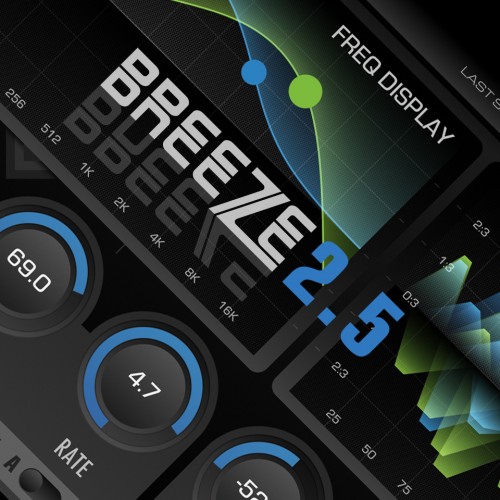

MirPro covers all three aspects mentioned above, and also includes an additional algorithmic reverb which you can use to add some modulation movement to the longest reverb tails in a subtle way without destroying the character of the room too much.Īlgorithmic reverbs and IR reverbs are all capable of providing both ER and long reverb tail, one or the other or both. MirPro is fantastic and I love it, but its not inexpensive. There are numerous ways to achieve all three aspects, including just using tools you already have and freely available tools. After all that you have the long reverb tails of the entire venue. Then you have Early Reflections, which also contribute to the spatialization and give an impression of the stage itself. The direct sound contains some information that conveys that. Left to right panning as well as depth, front to back, as well as width of the the instrument (sections sound wider). You have spatialization, which is the location on stage of each player or section. When you hear something on a real stage you hear first the direct sound from the player or section, followed by early reflections (ER), followed by the longer reverb tails of the room. You are right that there are kind of two separate issues to think of, perhaps even three, depending upon how you go about it. MirPro cannot work with any other IR's on the market, it is entirely its own thing. Each room pack includes both the close spatialization info needed for each stage as well as the larger reverb tail aspect of the hall. You cannot use MirPro without buying also at least one room pack. MIRpro's room package is not just the room. MirPro does not use universal IR's, its entirely proprietary. Some are more universal and will work in a variety of IR plugins. Some products provide IR's which are saved in proprietary file formats and can't be used in other plugins. An example might be if I bought eh IR samples from 2Caudio B2 and used them in Altiverb? I also wonder can you buy some of the IR samples and use them in any software.
2CAUDIO BREEZE 2 METALLIC SOFTWARE
These are the main IR room software I have found Magix Origami ( I read about but can't find on the net)
2CAUDIO BREEZE 2 METALLIC PRO
VSL Mir Pro ( both spatialization and IR) It looks like these are the main spatialization software available. I also would like to be able to use the spatialization software with wet samples like Omnisphere and other wet libraries. I'm thinking it might be nice to have a spatialization software which give the option to use dry samples that I can use an IR on. My main objective is to make solo piano music, chamber music, ambient music and possible orchestral music.

I have Garritan and Niore CFX which gives the options of room IR reverb or not. I have Omnisphere, Keyscape, Trilian which i find to have reverb baked in. I have all of the Chris Hein's libraries which we all know are dry as a bone. Then I would at least know more, but also would have to go through another learning curve. This would lead me to getting more expensive software that would be better. Start with something cheap and get a feel of what can be done. Get the best most expensive software and get the learning curve over and done with. I'm looking at this two different ways and open to hearing your input.

What are the pros and cons of the list of software I have below? Also are there other software options if so, please list and why they might be better suited for my needs. I'm just starting out and need some input from pros that have experience with these two types of software. An example would be VSL MirPro and rooms package. From my research there seems to be two different types of software, but they can also be in the same package too. I'm looking at possible getting a spatialization and IR Reverb.


 0 kommentar(er)
0 kommentar(er)
